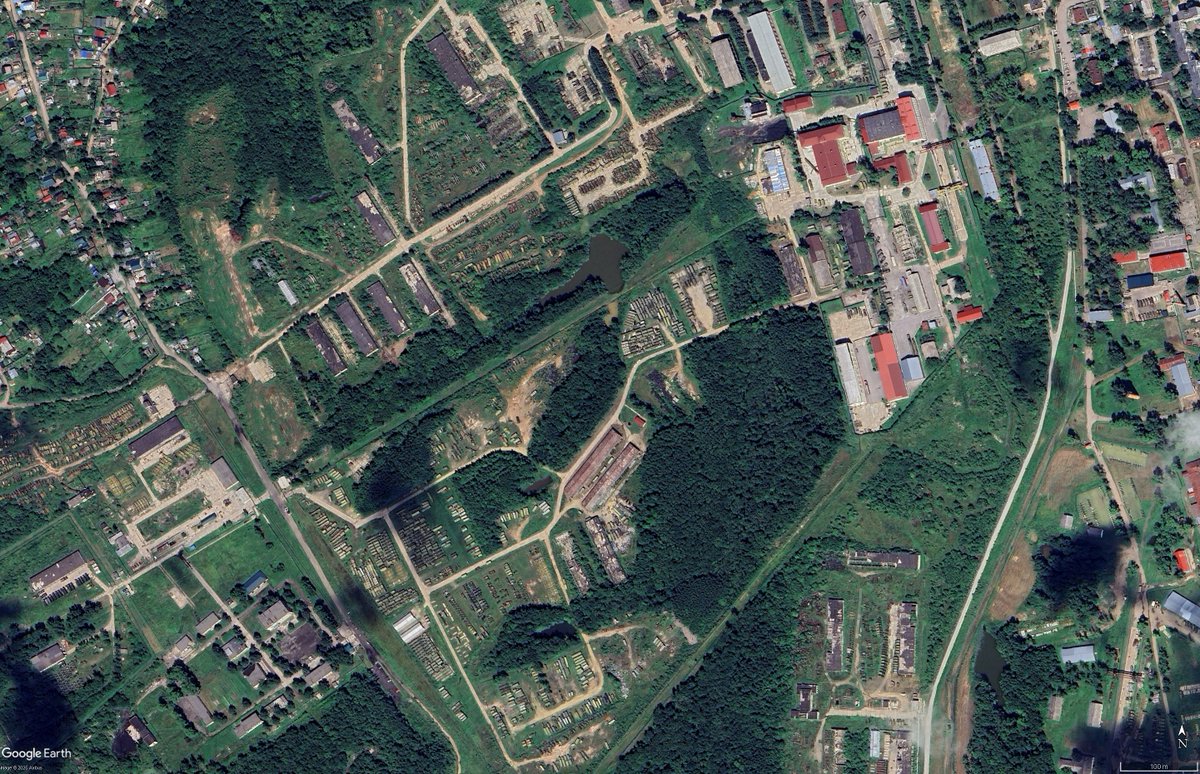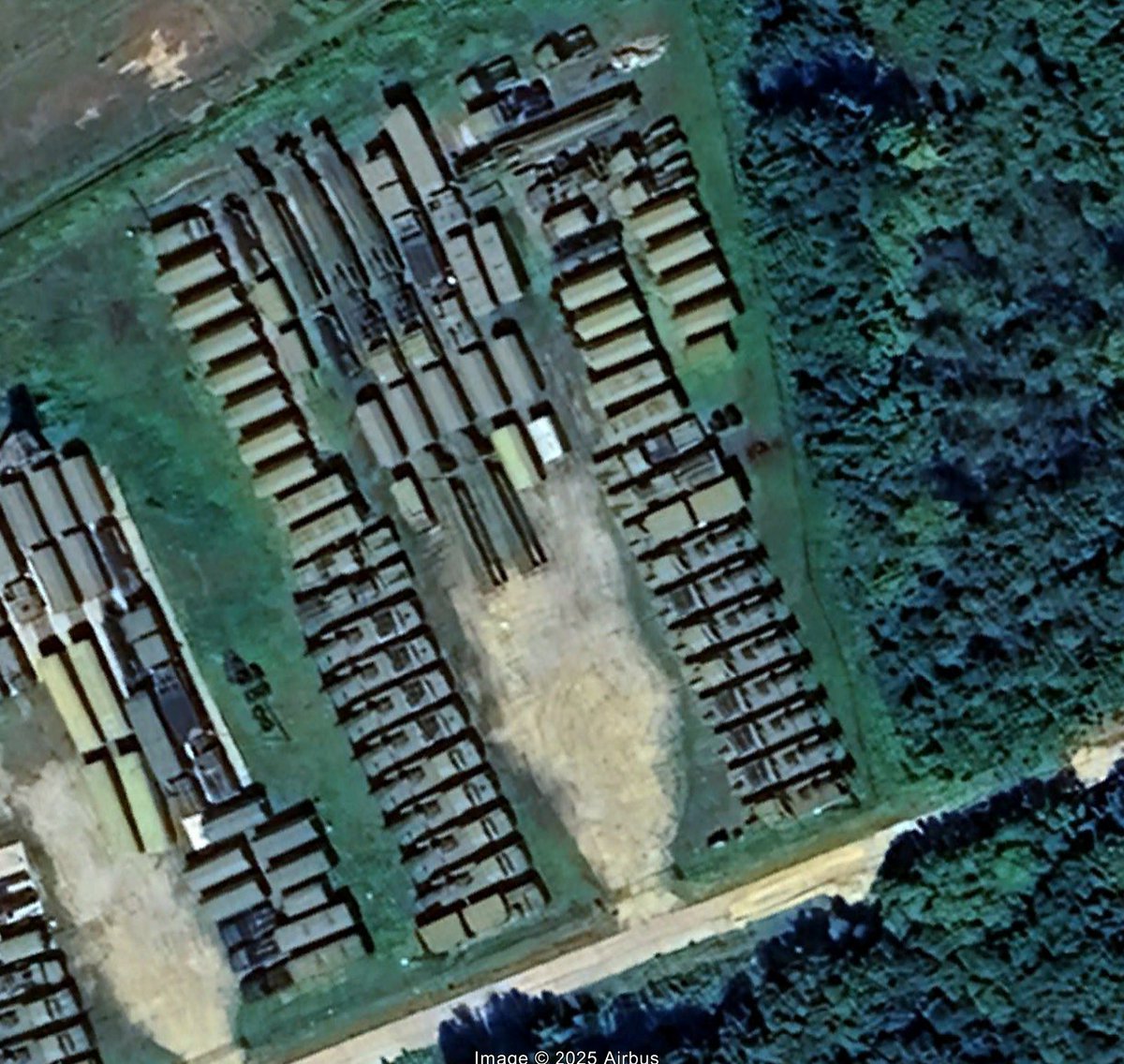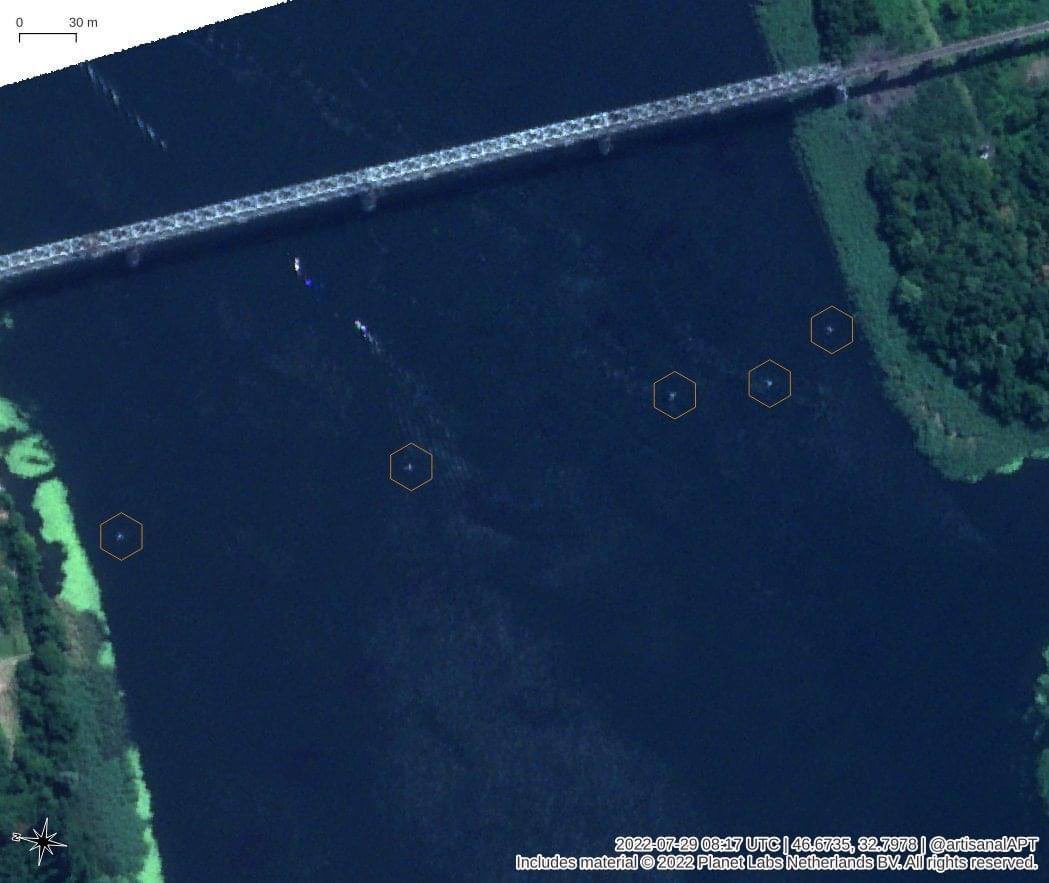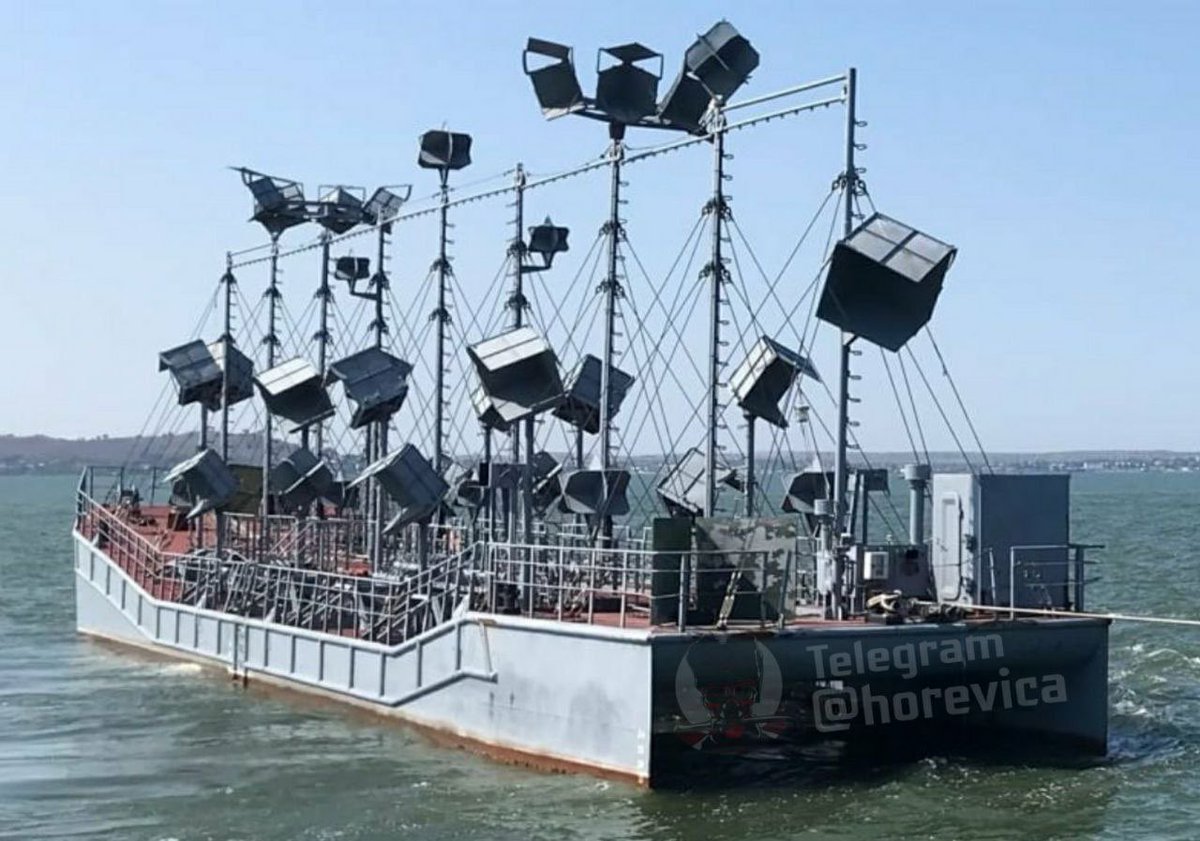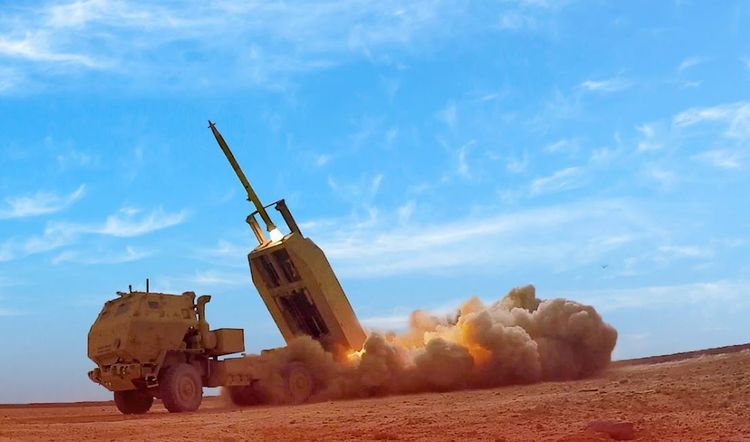Russian Aerospace Forces Air Defence Reserves.
A Thread.
Like I promised earlier this week. I will deal with the current state of Aerospace Forces PVO Reserves.
Most of these inactive systems are stored in private companies repair factories, others in Technical Bases.
1/20
A Thread.
Like I promised earlier this week. I will deal with the current state of Aerospace Forces PVO Reserves.
Most of these inactive systems are stored in private companies repair factories, others in Technical Bases.
1/20

Installations hosting inactive units are:
In Private Companies:
- 502 Factory for Repair of Military-Technical Property.
- 1015 Factory for Repair of Military-Technical Property.
- 1019 Military Repair Plant.
- Khabarovsk Radio Engineering Factory.
2/20
In Private Companies:
- 502 Factory for Repair of Military-Technical Property.
- 1015 Factory for Repair of Military-Technical Property.
- 1019 Military Repair Plant.
- Khabarovsk Radio Engineering Factory.
2/20
In Military Units:
Complex Storage Base (Omsk) - 1062nd Logistical Center
1488th Technical Base
1494th Technical Base
2227th Technical Base
Only the first truly hosts systems, the other ones are technical support units for active duty Moscow AD.
3/20
Complex Storage Base (Omsk) - 1062nd Logistical Center
1488th Technical Base
1494th Technical Base
2227th Technical Base
Only the first truly hosts systems, the other ones are technical support units for active duty Moscow AD.
3/20
502 Factory.
@AS_22im already did checked this Factory. Most of the systems were already gone by Sept 2023.
4/20
@AS_22im already did checked this Factory. Most of the systems were already gone by Sept 2023.
4/20
https://x.com/AS_22im/status/1839905104381784191
1015 Factory.
Most of the equipment have been dismantled and the Factory was refurbishing S-300/S-400 missiles as of 2023.
5/20
Most of the equipment have been dismantled and the Factory was refurbishing S-300/S-400 missiles as of 2023.
5/20
1019 Factory.
One of the most interesting installations along with the next one. 2 S-300PT and 8 S-300PS/PM batteries are stored here.
6/20
One of the most interesting installations along with the next one. 2 S-300PT and 8 S-300PS/PM batteries are stored here.
6/20

Khabarovsk Radio Engineering Factory.
The other big repair plant. 10 S-300PS/PM batteries are stored here.
7/20
The other big repair plant. 10 S-300PS/PM batteries are stored here.
7/20

Switching to Military Units.
Omsk Complex Storage Base of the 1062nd Logistical Center. 2 S-300PT batteries are stored here.
8/20
Omsk Complex Storage Base of the 1062nd Logistical Center. 2 S-300PT batteries are stored here.
8/20

The Remaining 3 Technical Bases of Moscow Defence Rings.
Mostly Support Vehicles : Transporters, Generators, Masts.
9/20



Mostly Support Vehicles : Transporters, Generators, Masts.
9/20



As a bonus :
25th Air Defence Forces Arsenal.
Storing Air Defence missiles for S-300/S-400 systems.
Unfortunately, no recent pictures after 2020.
10/20
25th Air Defence Forces Arsenal.
Storing Air Defence missiles for S-300/S-400 systems.
Unfortunately, no recent pictures after 2020.
10/20

I asked for some Planet updated imagery of both plants to get status as of 2024. Nothing was moved from the Plants.
At the same time, @AS_22im have been tracking depleting of AD Units far away from the front.
11/20
At the same time, @AS_22im have been tracking depleting of AD Units far away from the front.
11/20
This detailed thread tells us that 105 TEL's disappeared from AD positions in Eastern Russia.
12/x
12/x
https://x.com/AS_22im/status/1809217169978503304
This other detailed thread tells us that 134 TEL's disappeared from AD positions in Northern Russia.
13/20
13/20
https://x.com/AS_22im/status/1811989654746595437
This is the current count for Observed reserves. There is about 202 TEL's in store for 22 batteries, along with their radars and command and control equipment.
14/20
14/20

So what does it tells us ? That Russian Defence Industry
cannot put back into service seamingly operational equipment (especially S-300PS/PM).
Reasons might be diverse, lacks of spare, lack of qualified personnel, competing objectives with export market.
15/20
cannot put back into service seamingly operational equipment (especially S-300PS/PM).
Reasons might be diverse, lacks of spare, lack of qualified personnel, competing objectives with export market.
15/20
As of 2020, Russia had 57 S-400 batteries (with 456 TEL's) in operational service. Current needs far outweigh what is available in reserves.
The deficit have been ever growing as Russia has to defend against increasingly long range attacks.
16/20
The deficit have been ever growing as Russia has to defend against increasingly long range attacks.
16/20
Defence Intelligence of UK have been forecasting this back in November 2023.
17/20
17/20
https://x.com/DefenceHQ/status/1722540708681195856
From currently available Ukraine MoD claims, at least 17 S-400 batteries have been affected by Ukrainian strikes, raids or other actions. It involves either radars, TEL's or both.
This is a conservative estimate as a higher number could be impacted.
18/20
This is a conservative estimate as a higher number could be impacted.
18/20
https://x.com/AndySch64494719/status/1781572606941962513
Finally what does it means ? That Ukraine can severely impact Russian Air Defence Forces and open up an Air Campaign once the degradation level met a critical point.
19/20
19/20
Special thanks to @AS_22im for its critical work in tracking AD site status. Thanks to @hizzo_jay for updated satellite imagery.
And thanks to @HighMarsed, @Jonpy99, @waffentraeger and @BAAService for all the support !
20/20
And thanks to @HighMarsed, @Jonpy99, @waffentraeger and @BAAService for all the support !
20/20
@james21245 @watcher02671700 @AS_22im @hizzo_jay @HighMarsed @Jonpy99 @waffentraeger @BAAService So 50 destroyed radars would be very painful.
• • •
Missing some Tweet in this thread? You can try to
force a refresh


